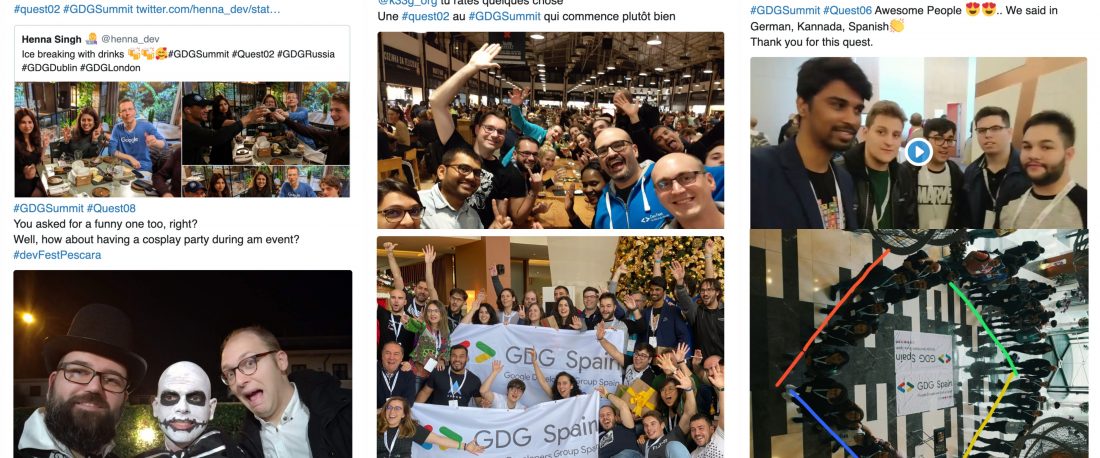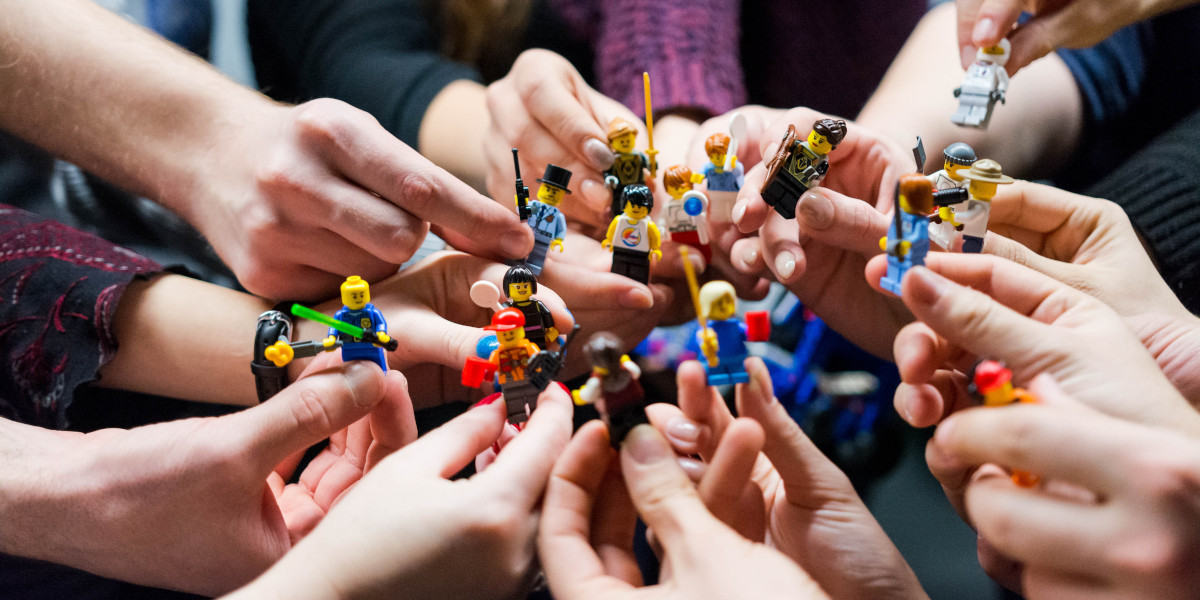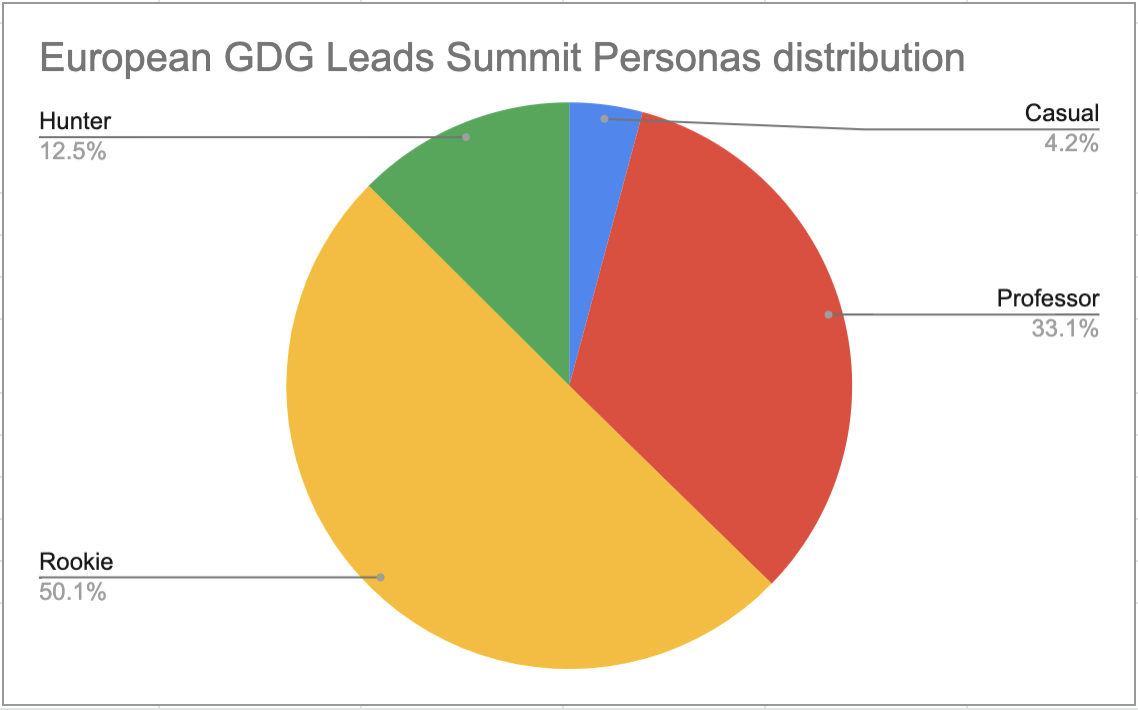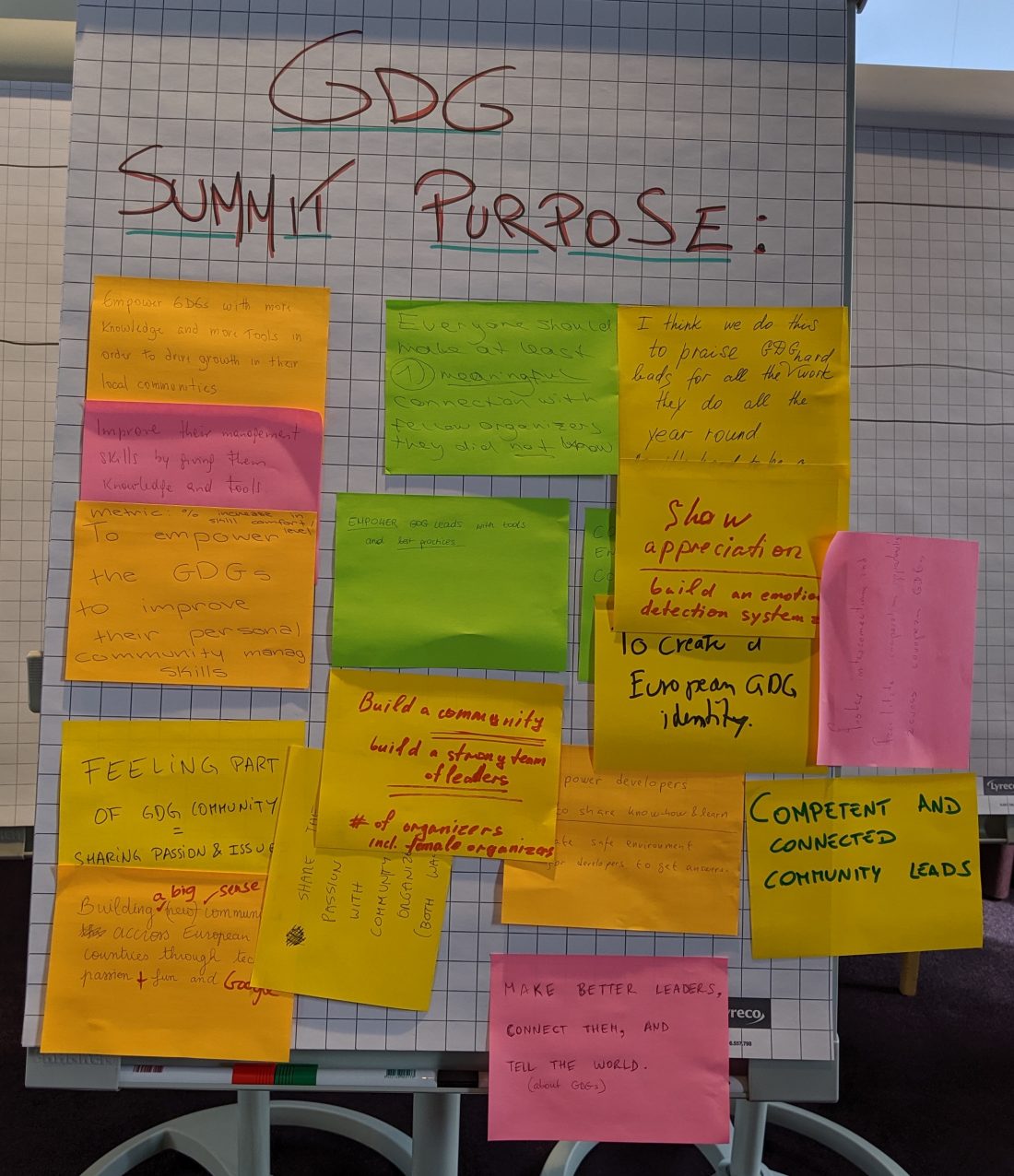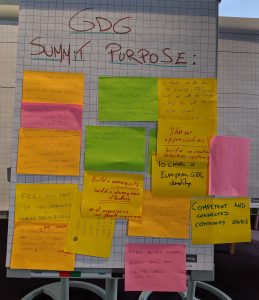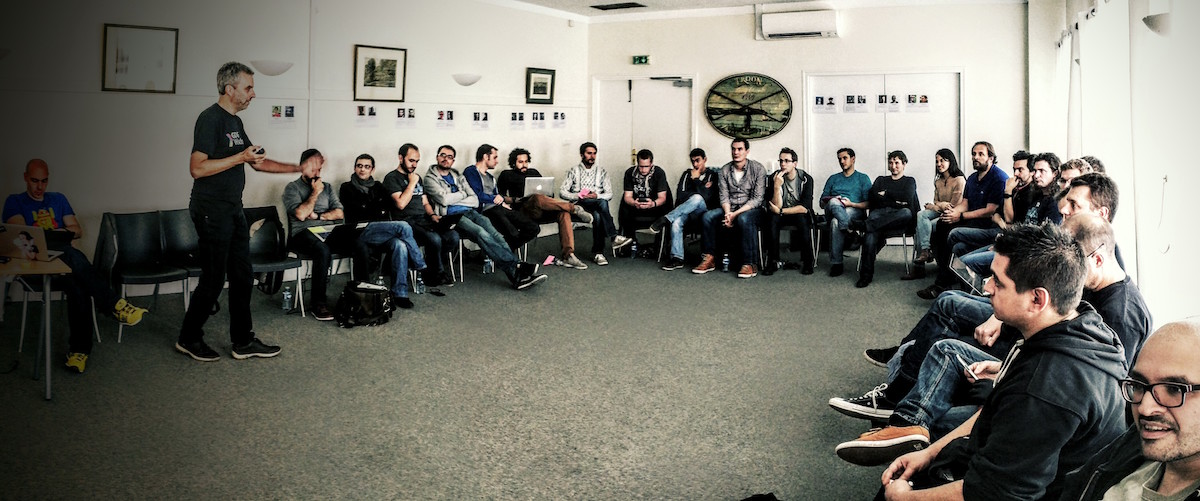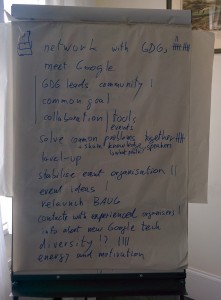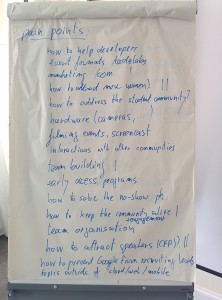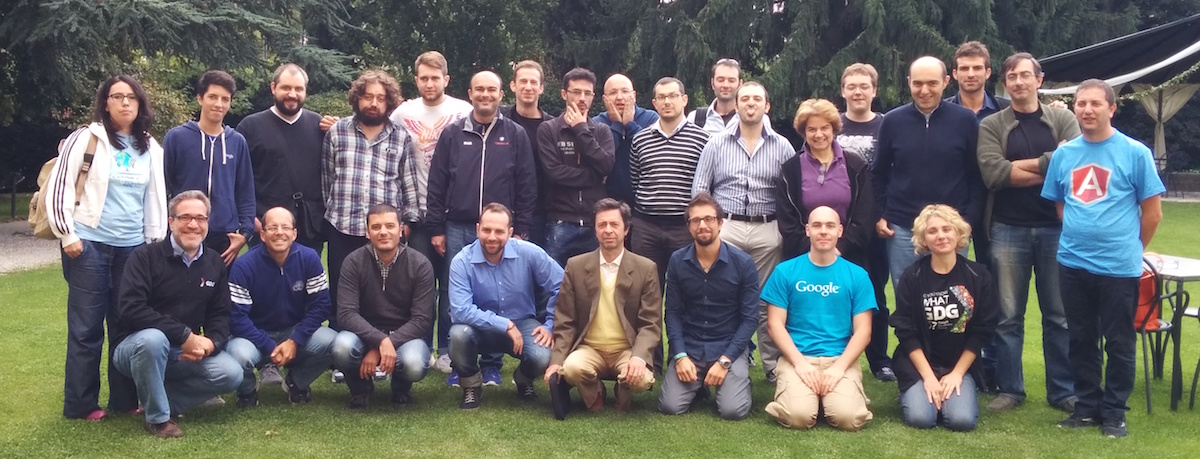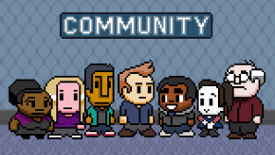Gamification can be a powerful lever to foster engagement in a community. In this post, I share the why and the how of the Community Scavenger Hunt we run at the European GDG Leads Summit.
(This post is part of a series about the European GDG Leads Summit organization. Partially to give to GDG leads some behind-the-scenes of the event, partially to share with other community managers lessons learned, partially for personal fun)
Why a Community Scavenger Hunt
Inspired by a similar activity run by Monique van den Berg and the Atlassian team during one of their community summits, I imagined our scavenger hunt serving two main purposes: to offer attendees additional occasions to connect, and to contribute to the social buzz for the event. In both cases, both before and during the event.
The hunt structure and quests idealizations
A typical scavenger hunt keeps participants engaged, quest after quest, toward a final recognition. The last could be extrinsic or intrinsic, like a physical prize, or the pleasure to solve an intricate puzzle first, respectively.
To maintain the level of engagement high, each quest should contribute in some way to that final recognition: distribute points for a leaderboard, provide access to the next quest, offer physical / virtual goodies, etc. Potentially, it could also happen to have diverging quests, quests that won’t contribute to the final goal, but useful for having additional fun or fulfill specific, secondary, goals.
I decided for the competition among participants as the intrinsic motivator to leverage, and collect points for a common leaderboard for quests contribution. In addition, considering the social buzz generation goal, each quests had an output on the social media channels monitored for the summit, Twitter and Instagram.
With all of this in mind, we brainstormed in the team a set of quests, with the following result:
- Post an ice-breaker activity you’ve done in your community meetups. Bonus points if you have a picture of it
- Share your road to GDG Summit pictures from airports/car/trains. Extra points if you’re with other leads. Only one post per person counts, but feel free to post more than one :)
- Estimate how many countries are present here today (here = at the summit)
- Share a picture of a “human GDG logo” a logo made by people
- Find someone who likes the same Google technology as you and take a picture
- Record a video where you and other GDG leads say “Thank you” in your native languages. The more people (and languages), the higher the score
- Take a picture of as many googlers you can, with your community sticker / logo
- Share the best moment you had as a #GDG organizer (inspiring / motivational / funny)
- Find someone with a Google t-shirt and share a picture together
- Record you and other GDG leads singing together a song
- Ask an organizer from your GDG that is not attending the summit, to send a picture of what they are doing, tagging you.
- With another GDG lead from a different country, record a short promo video to promote a food both of you like a lot
Two final shrewdness. The first one was to assign progressive scores to quests, less at the beginning, and more toward the end, to avoid that players who joined later the hunt had no chance to compete against the ones participating since the very beginning. The second was to decide a time interval for each quest (when to launch and duration), to maintain participants curiosity high, not disclosing all the quests at the beginning, and to keep them engaged, solving quests within a given time. Clever gamification tricks ;)
Tools used
In order to run the community scavenger hunt, they were four main needs to cover with some tools: where to list quests, how to alert summit attendees about new quests available, how to check for quests results, and how to maintain a leaderboard with hunt progresses.
Where to publish quests: I went for the quick-and-scrappy way: a simple Google Docs, published as website, where all the open quests were listed. Not the best result in terms of UI, but it required zero code skills, was available on mobile (the main medium participants used during the event) and was very easy to keep updated, publishing new quests at given time.
Alert summit attendees about new quests: two different solutions adopted: before the summit, we launched the community scavenger hunt via an email sent to all summit attendees, inviting them to participate to quest #1 and #2, to warm them up and pass the idea of the activity. During the event, we leveraged the features of Swapcard app, the unique tool we selected to communicate with the attendees, sending push notifications once new quests were available.
Check for quests results: this one was the least automated part, and required a fair amount of time. Luckily, we had a dedicated social media manager for the event, and this person also kept an eye on the quests results. How? Thanks to two specific hashtag we asked to add to each quest reply: the event general #GDGSummit, and a #Quest01, #Quest04, #Quest12, etc. Same for Instagram. The time interval for each quest helped to distribute participant efforts, with the social media manager checking times to times for new quests replies. If found, the corresponding quest points were added to the scoreboard under the Twitter or Instagram handle of the participant.
A leaderboard to show hunt progresses: again, the quick-and-scrappy way: A Google Sheets chart published on the web, showing the scores as soon as the social media manager updated them. Again, not the best graphical result ever, but it worked, required zero code and infrastructure setup. An additional optimization, once we had enough participants, was to limit the graph only to the top 20 results.
Does the scavenger hunt work?
Let data speaks: 70 people participated, of 290 total summit attendees, generating 330 social media contents, a 10% of total contents created. The leaderboard had different top performers over time, and this kept the engagement high, as gave everyone the feeling that winning was still possible till the end.Follow some of my preferred contents generated.
Continue reading “How to organize a Community Scavenger Hunt”